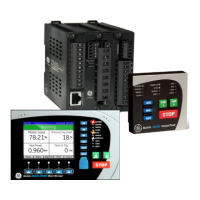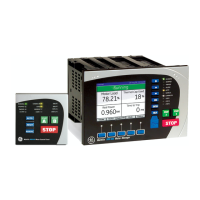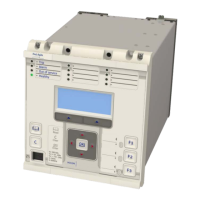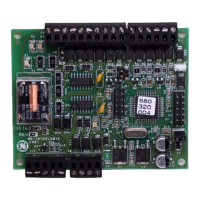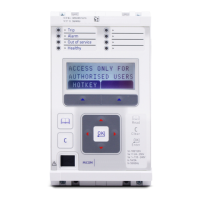Address Name
13 etherStatsCollisions
14 etherStatsPkts64Octets
15 etherStatsPkts65to127Octets
16 etherStatsPkts128to255Octets
17 etherStatsPkts256to511Octets
18 etherStatsPkts512to1023Octets
19 etherStatsPkts1024to1518Octets
20 etherStatsOwner
21 etherStatsStatus
6.4 ACCESSING THE MIB
Various SNMP client software tools can be used. We recommend using an SNMP MIB browser, which can perform
the basic SNMP operations such as GET, GETNEXT and RESPONSE.
Note:
There are two IP addresses visible when communicating with the Redundant Ethernet Card via the fibre optic ports: Use the
one for the IED itself to the Main Processor SNMP interface, and use the one for the on-board Ethernet switch to access the
Redundant Ethernet Board SNMP interface. See the configuration chapter for more information.
6.5
MAIN PROCESSOR SNMP CONFIGURATION
You configure the main processor SNMP interface using the HMI panel. Two different versions are available;
SNMPv2c and SNMPv3:
To enable the main processor SNMP interface:
1. Select the COMMUNICATIONS column and scroll to the SNMP PARAMETERS heading
2. You can select either v2C, V3 or both. Selecting None will disable the main processor SNMP interface.
SNMP Trap Configuration
SNMP traps allow for unsolicited reporting between the IED and up to two SNMP managers with unique IP
addresses. The device MIB details what information can be reported using Traps. To configure the SNMP Traps:
1. Move down to the cell Trap Dest. IP 1 and enter the IP address of the first destination SNMP manager.
Setting this cell to 0.0.0.0 disables the first Trap interface.
2. Move down to the cell Trap Dest. IP 2 and enter the IP address of the second destination SNMP manager.
Setting this cell to 0.0.0.0 disables the Second Trap interface.
SNMP V3 Security Configuration
SNMPv3 provides a higher level of security via authentication and privacy protocols. The IED adopts a secure
SNMPv3 implementation with a user-based security model (USM).
P543i/P545i Chapter 22 - Communications
P54x1i-TM-EN-1 565
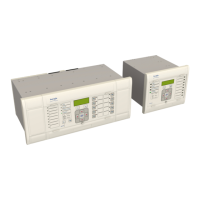
